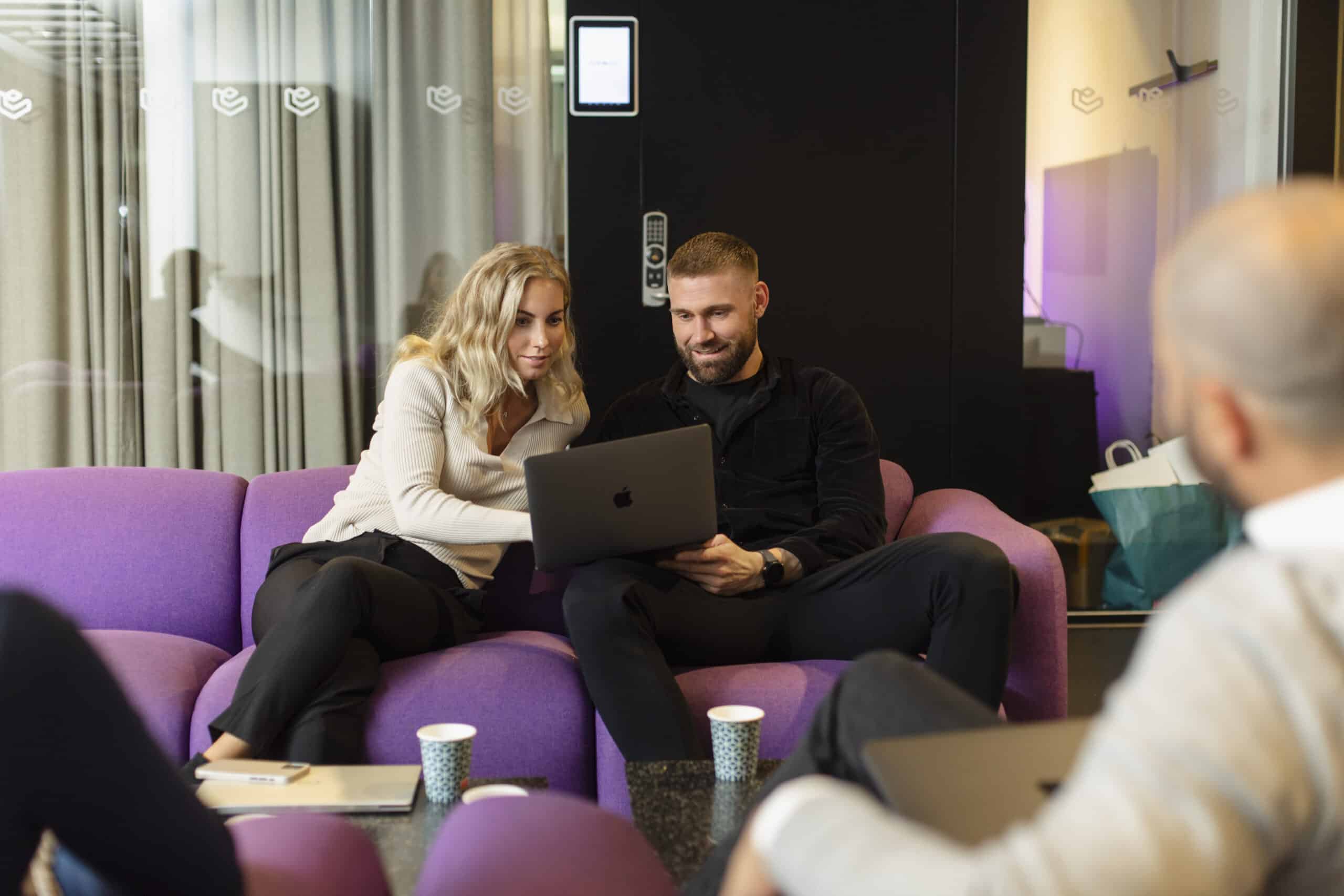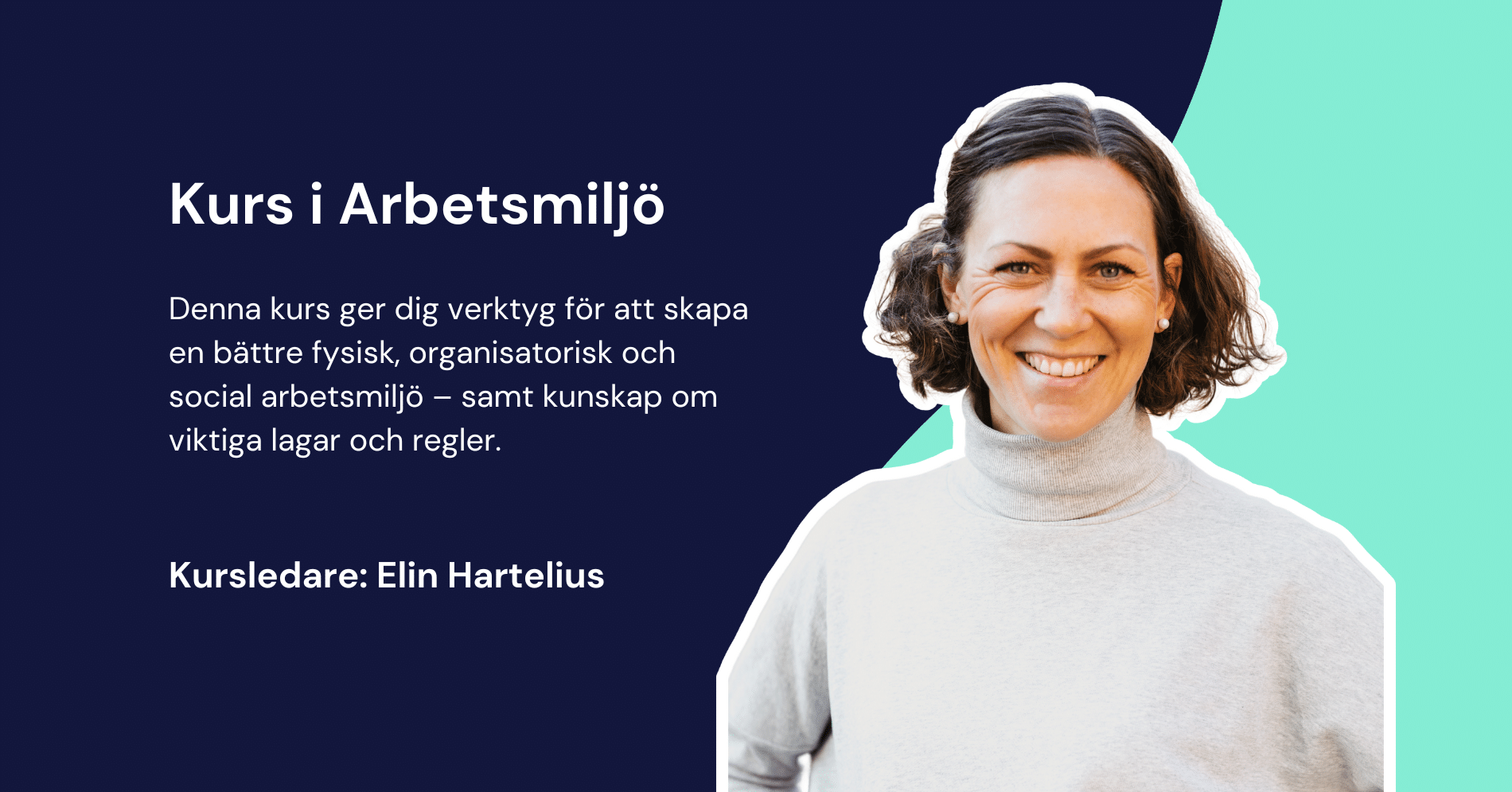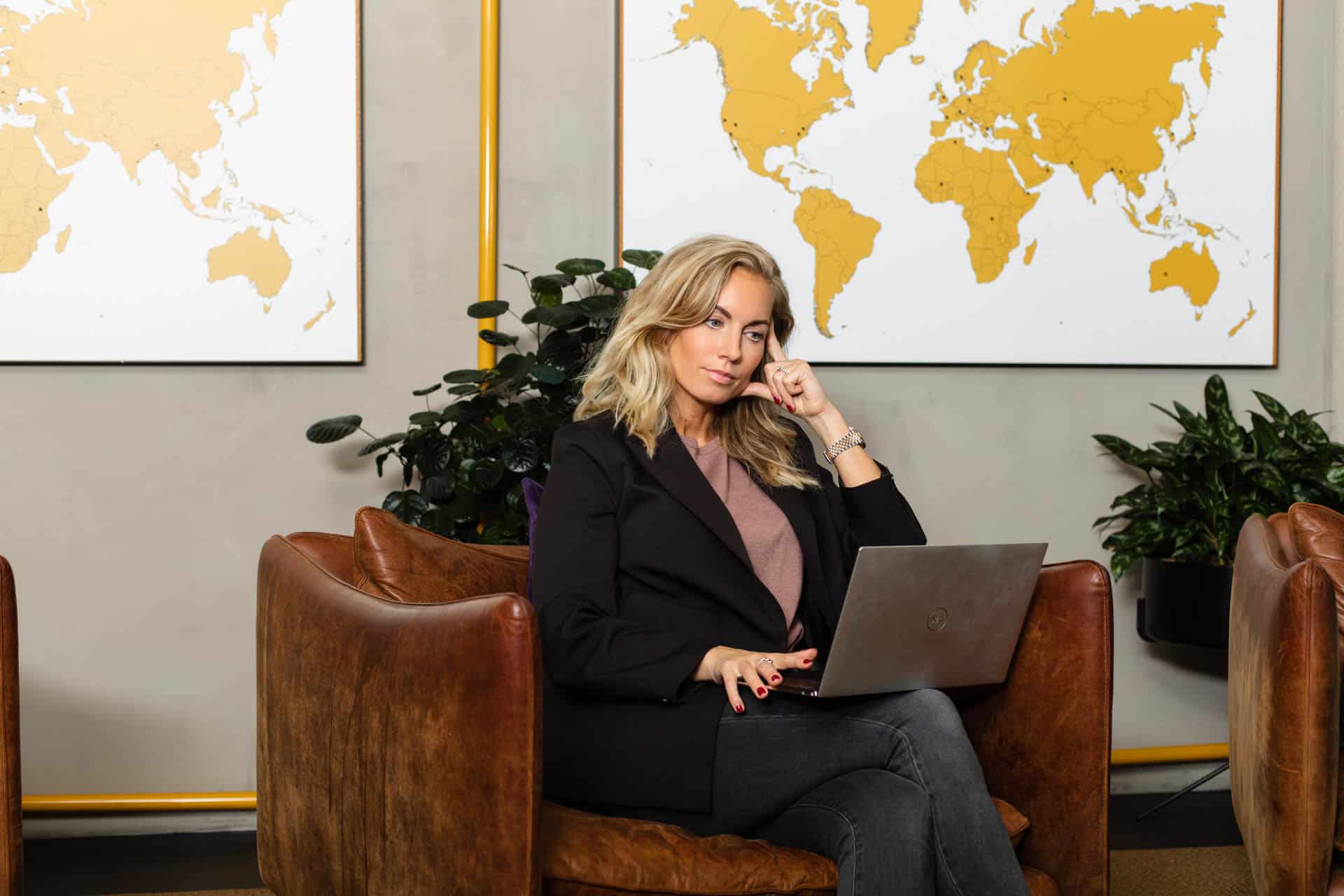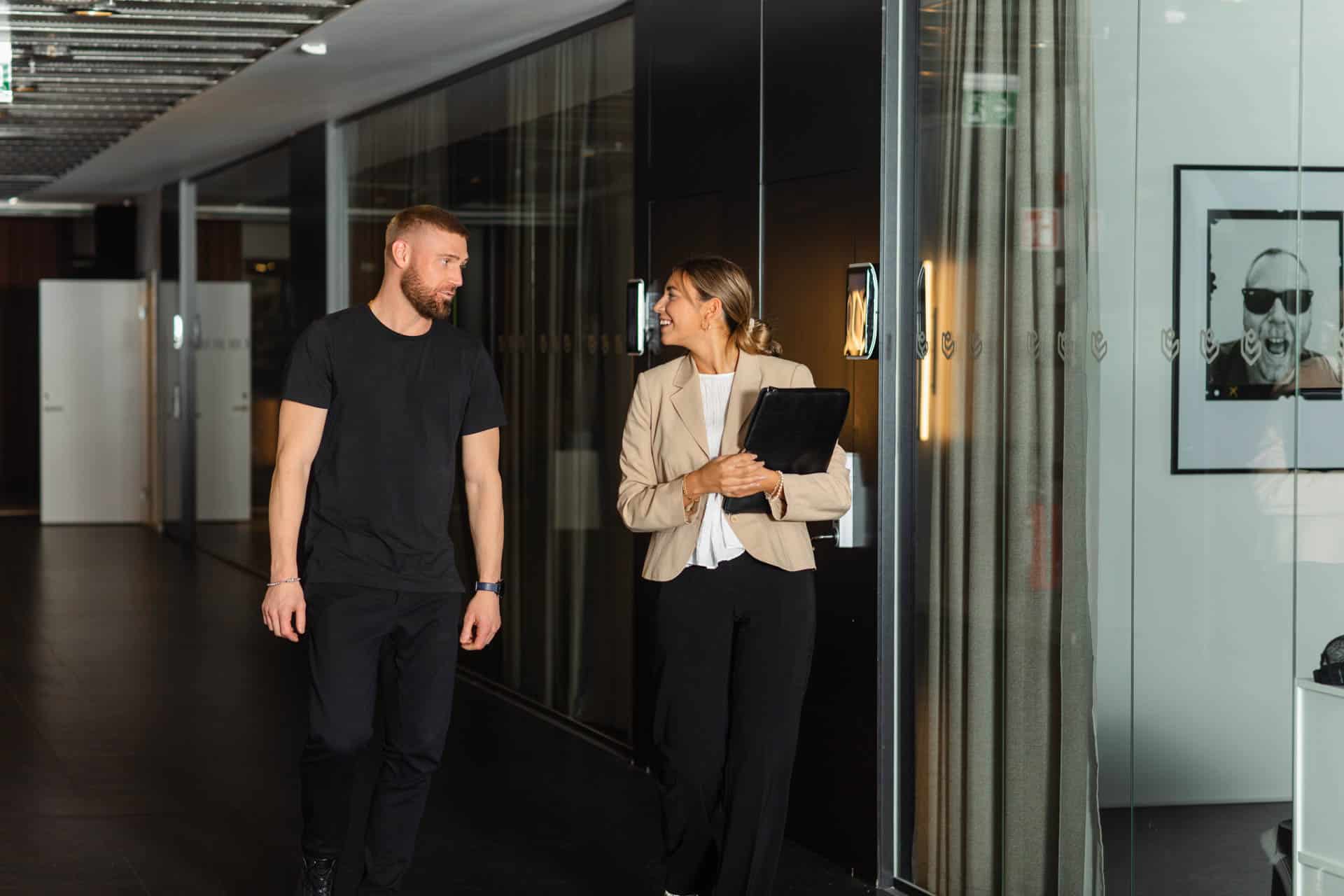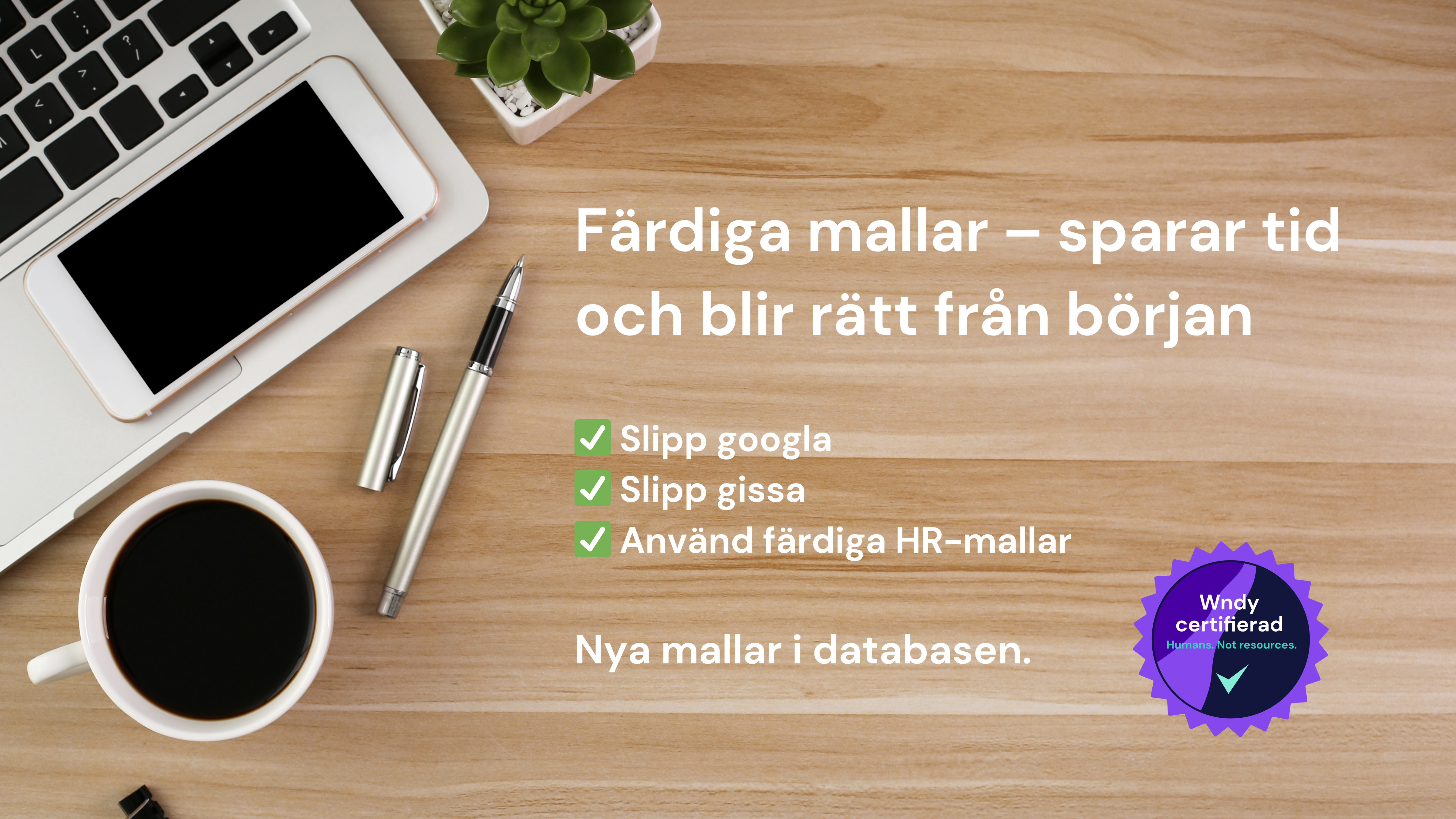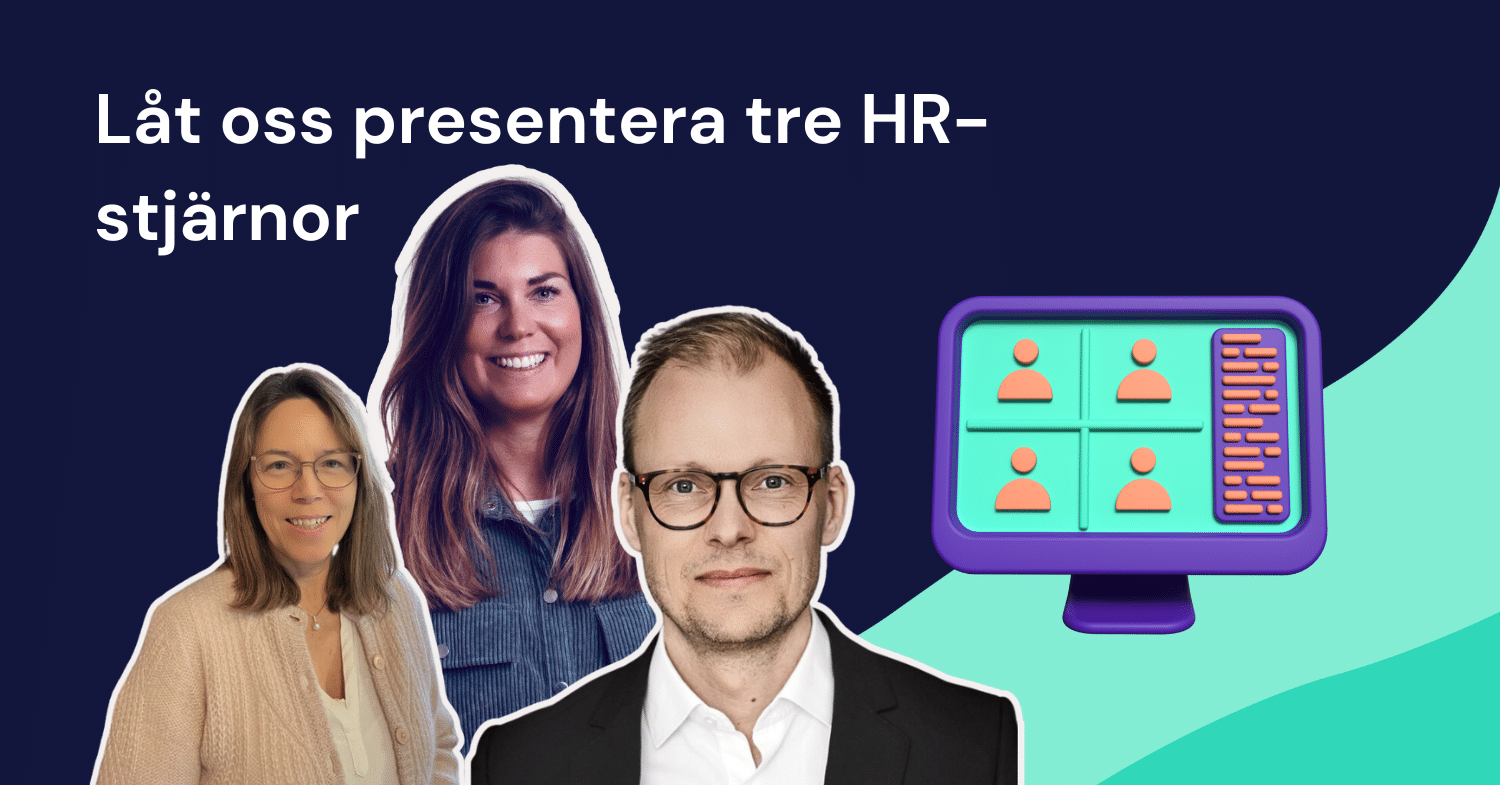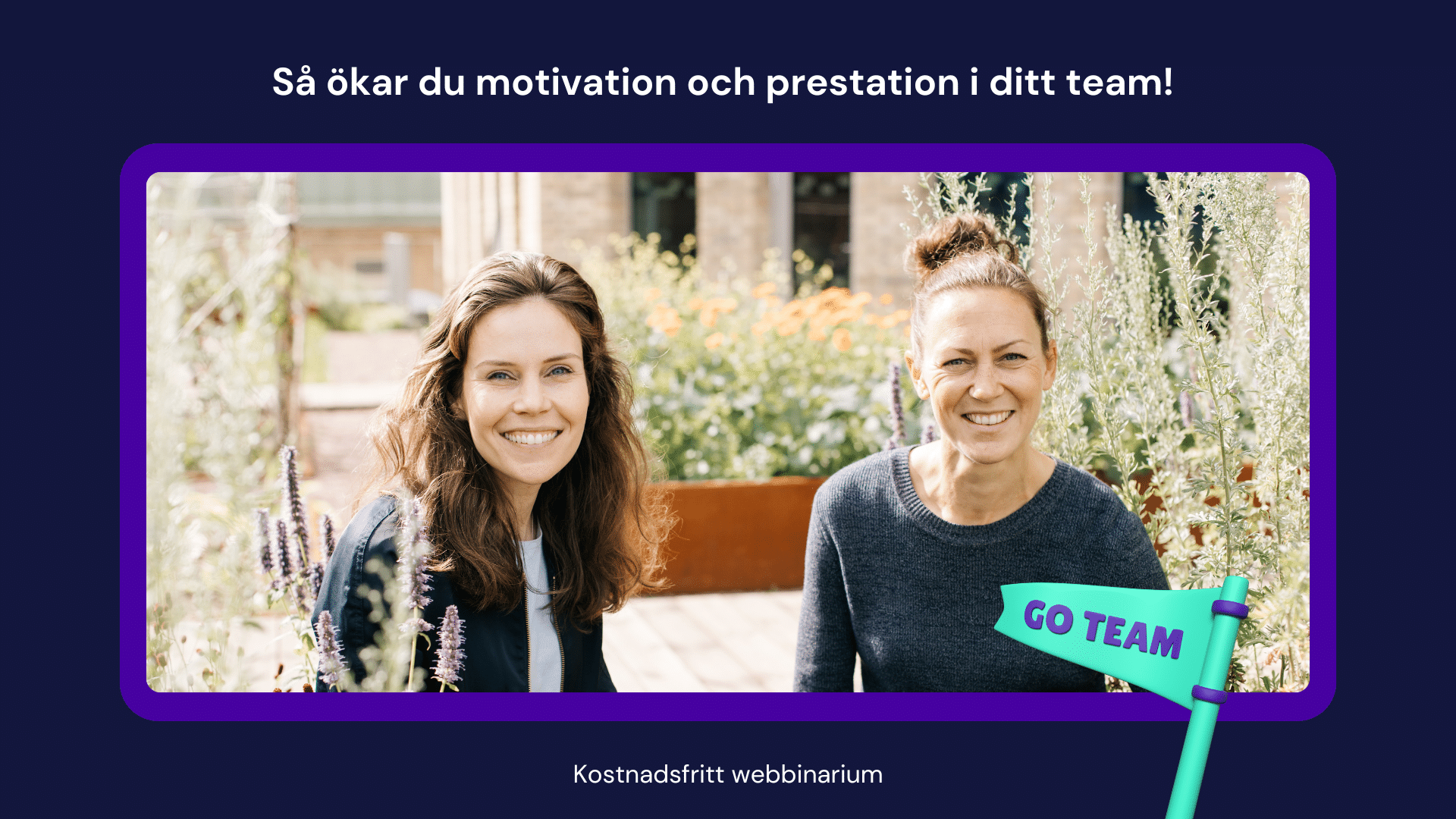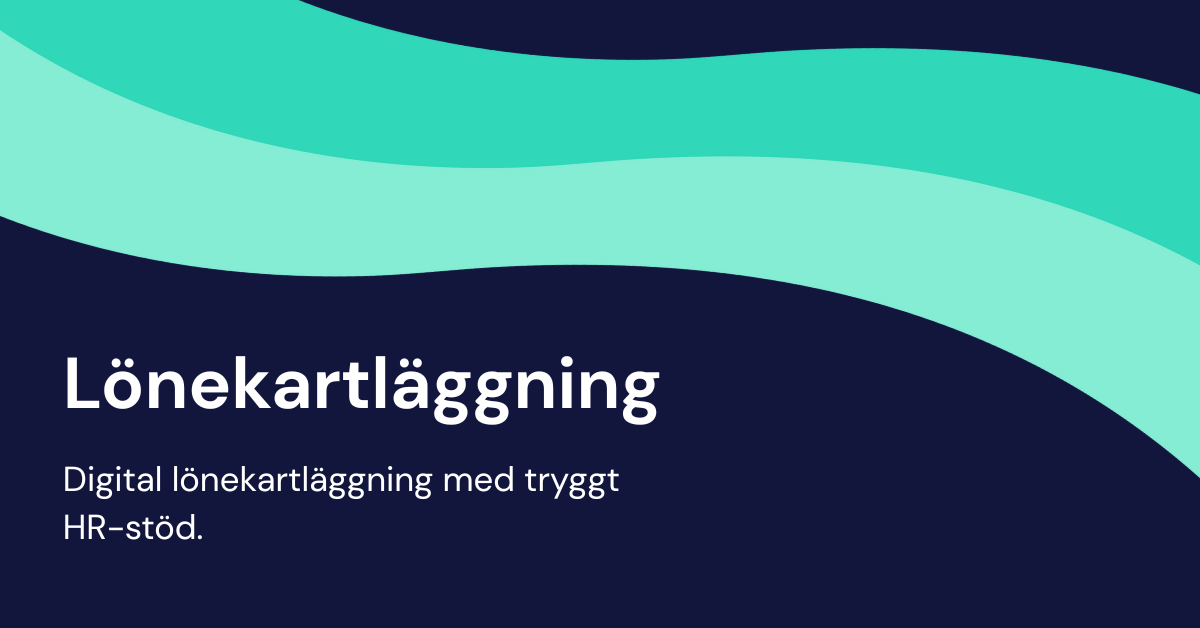Wndy questions with Siobhan Goodchild
Wndy questions with Siobhan Goodchild

Hi Siobhan! Tell us a little bit about you!
I live in Berkshire in the UK, I have two daughters and along with my husband, recently designed and built our own house. I love to travel and took a year out to travel the world (well some of it!) some years ago now. I love being outdoors, exploring new places and can often be found out running or walking.
What experience do you have as a HR consultant?
I have been in HR for +20 years. I’ve worked across a variety of industries in that time including 10 years at Hewlett Packard. I ventured into HR consultancy 7 years ago and I love the autonomy and the variety of work that comes with it. I am a trustee for a local community services charity and whilst I have a wide range of clients, I have a particular passion for supporting charities with their HR needs.
What made you choose working with HR?
I didn’t plan to work in HR. My plan was to work in TV production. I secured a temporary position at the BBC after University, and it happened to be in their HR department. It was whilst I was there that I realised I actually really enjoyed the world of HR, and from there I moved into my first permanent HR role in a manufacturing business.
What is the biggest HR-challenge that you have handled in your career?
It is difficult to name one single challenge, as there have been many over the years. The most recent significant one was helping businesses in the UK navigate through lockdown. This included the rules of the UK furlough scheme, which as most UK HR professionals will remember, changed on a weekly basis.
What do you believe is the biggest future challenge when it comes to work environment?
We have seen a rapid change in the world of work in the last few years. There is a much greater expectation from employees about the type of organisation they want to work in, particularly around things like hybrid working, diversity & inclusion and wellbeing. These are all positive changes – the challenge comes in the businesses’ agility to meet those expectations quickly, if they are to attract the best talent.
In your view, what is the best way to create a positive work culture in a company?
This comes from the top – leaders set the tone when it comes to company culture. There needs to be a clear vision for culture and clearly identified values to support that. Leaders must display those values in everything they do, reward them in others and hire employees that share them. Equally, it’s important to challenge those that don’t uphold those values.
What forms of HR tech solutions have you used to improve the workflow (e.g. HR system, recruitment system, reference taking, etc.)?
One of the first things I look at with a new client is whether they have a HR system. If they don’t, I generally recommend they implement one. Securely storing confidential information is an essential rather than a ‘nice to have’ in HR these days. But there are so many other benefits too, from cost savings that come with streamlining admin around holiday tracking and absence management, to attracting better talent through a slicker recruitment process.
How, in your opinion, is the best way to handle conflicts between workers?
In my experience, many workplace conflicts start because of either a lack of communication or a misunderstanding in communication. Actively listening to both sides and encouraging open and honest dialogue about a solution, is the most effective way to resolve conflict in the majority of cases.
How should a manager go about evaluating an employee’s performance?
Performance management should be a continuous process. Every employee needs clear goals (aligned to the overall business goals or strategy). Managers need to ensure they support and offer development to achieve those goals. I recommend evaluating progress and reviewing goals at least every three months.
What do you feel is the biggest challenge for the leaders you guide and help?
The biggest challenge for many small business owners is that they are often wearing multiple hats and simply don’t have the time, resources or experience in every area, to successfully run the entire business alone. This is particularly true when it comes to support functions, such as HR.
And how have you been able to help these leaders with their challenges?
Working with me gives my clients peace of mind that they have the HR element of their business taken care of. I work closely with all of my clients to really understand them and their business so that we can put the right people’s plans in place, and I act as a sounding board for them in what can often be a lonely role.
Give examples of how you improved career opportunities for employees?
With larger clients, I have rolled out career development frameworks and talent management plans. With smaller clients, the options are more limited due to flatter structures. For those clients, I recommend a career development conversation with everyone, thinking about how they might develop in new areas or picking up additional tasks that are of interest. They might not be able to move ‘upwards’ quickly but there is still plenty of opportunity for career growth in other ways.
What are your best tips for entrepreneurs and managers to get engaged and high-performing employees?
For engagement, I encourage my clients to ask questions and find out what employees really want. I often see things being implemented based on an assumption that it’s a ‘good idea’ or a ‘popular initiative’ – but they will only be successful, if they actually appeal to your employee profile.
For a high performing team, you need to hire the right people using a robust recruitment process, train them well and give them the tools and autonomy that they need to do a good job.





